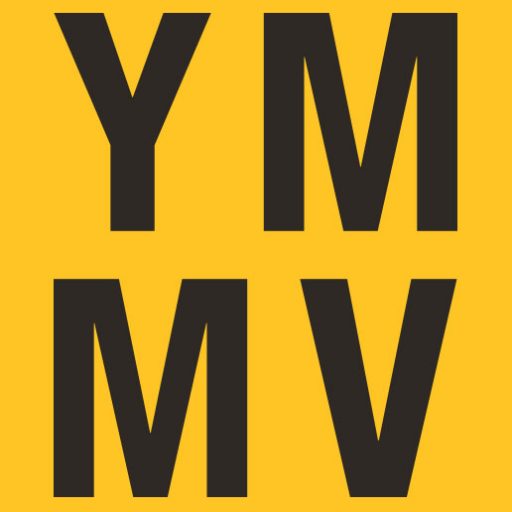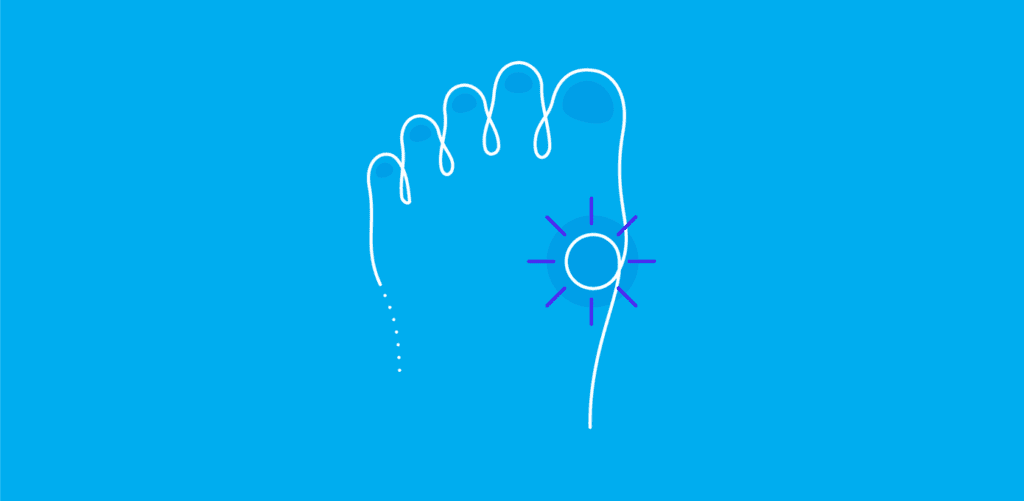If there’s one thing that can put a damper on a vacation that requires a lot of walking, it’s getting one or more blisters on your feet. Blisters HURT. Sometimes they’re inevitable, but with some planning, you may be able to avoid them. Or if not, we’ve got some advice on what to do with them…including the age-old question: “Should I pop a blister, or no?”
Blisters are a pain. Literally and figuratively. There are several different causes for them – friction, sunburn, infection, etc., but we’re going to focus on the ones you usually get on your feet when walking around a lot, which are usually called by friction (rubbing).
Blisters (again, the friction/rubbing type ones) are liquid-filled bubbles that happen to the top layers of your skin. It’s your skin’s way to protect the more sensitive layers of skin underneath from further injury caused by the ongoing rubbing.
The skin underneath the blister will be raw and susceptible to infection. Therefore, DO NOT POP THE BLISTER. Popping it will (A) remove the cushion of liquid that’s protecting the under layers of your skin and (B) will open the under layers of skin to the air, which puts you at more risk of infection. If the item you used to pop the blister isn’t sterile, you also have the germs from that putting your blister at risk for becoming infected.
Of course, at this point, I will tell you that I’m not offering this as medical advice, confer with your doctor, blah blah blah. But Dr. Google even agrees with me, as you can see via, among others:
Anyway, while you still have your blister, you’ll want to protect it. This page from Healthline explains how to use moleskin to protect the area. Here’s a video that explains it, too:
Moleskin is available at pharmacies in the same area where they keep other foot products. If not, it might be in the area with the bandages.
How To Prevent Blisters From Happening
Even more important than protecting your blister(s) once you have it/them is to prevent getting them in the first place. There are a couple of ways to do this:
- Some people are prone to blisters on certain parts of their feet. Do something about that. If you’re in that category, proactively protect those areas. For example, some of my toes are crooked and because of that, I chronically used to get a blister on the underside of my 4th toe (“this little piggy had none”) on my right foot if I walked all day. So nowadays, if I know that’s what I’m going to do all day, I wrap a band-aid around that toe, with the padded part where the blister would wind up. It’s just enough padding to protect the toe from rubbing, and I don’t get the blister anymore.
- Wear shoes that fit well and are broken in. So many people buy new shoes for vacation. The problem is they try them on to make sure they fit OK, but they don’t break them in. So they go on on their vacation, where they walk for hours and hours at a time, and that’s when they notice there’s not enough padding in the heel or there’s something on a strap that keeps rubbing, and they wind up with a blister. Make sure the shoes fit very well – not too tight and not too loose – and wear them often enough to break them in really well BEFORE your vacation.
- Wear socks – the thicker, the better. Socks may decrease the rubbing/friction from your shoe.
- If a particular area of your foot is starting to hurt, do something about it ASAP. Your skin will start to hurt before a blister forms. If you’re noticing an area of your foot that’s consistently hurting during a certain point in your walking pattern and you see the spot is starting to turn red, stick some moleskin on it, or even cover it with a band-aid to stop the rubbing.
Like this post? Please share it! We have plenty more just like it and would love if you decided to hang around and clicked the button on the top (if you’re on your computer) or the bottom (if you’re on your phone/tablet) of this page to follow our blog and get emailed notifications of when we post (it’s usually just two or three times a day). Or maybe you’d like to join our Facebook group, where we talk and ask questions about travel (including Disney parks), creative ways to earn frequent flyer miles and hotel points, how to save money on or for your trips, get access to travel articles you may not see otherwise, etc. Whether you’ve read our posts before or this is the first time you’re stopping by, we’re really glad you’re here and hope you come back to visit again!
This post first appeared on Your Mileage May Vary
Join our mailing list to receive the latest news and updates from our team.

